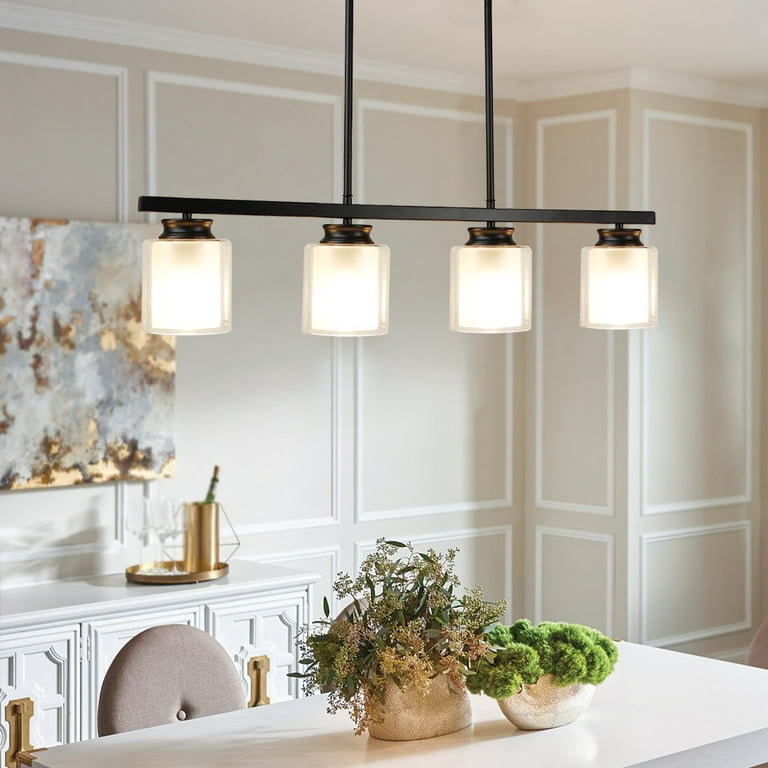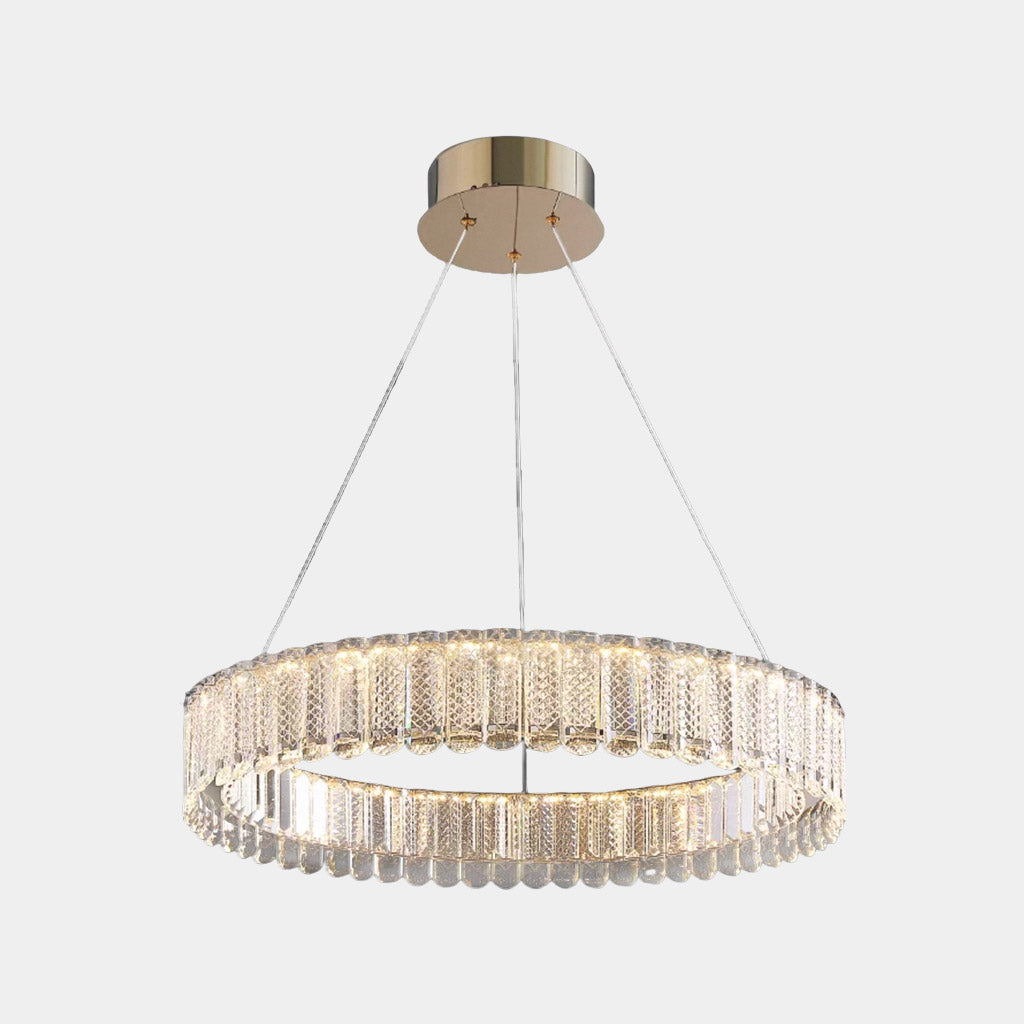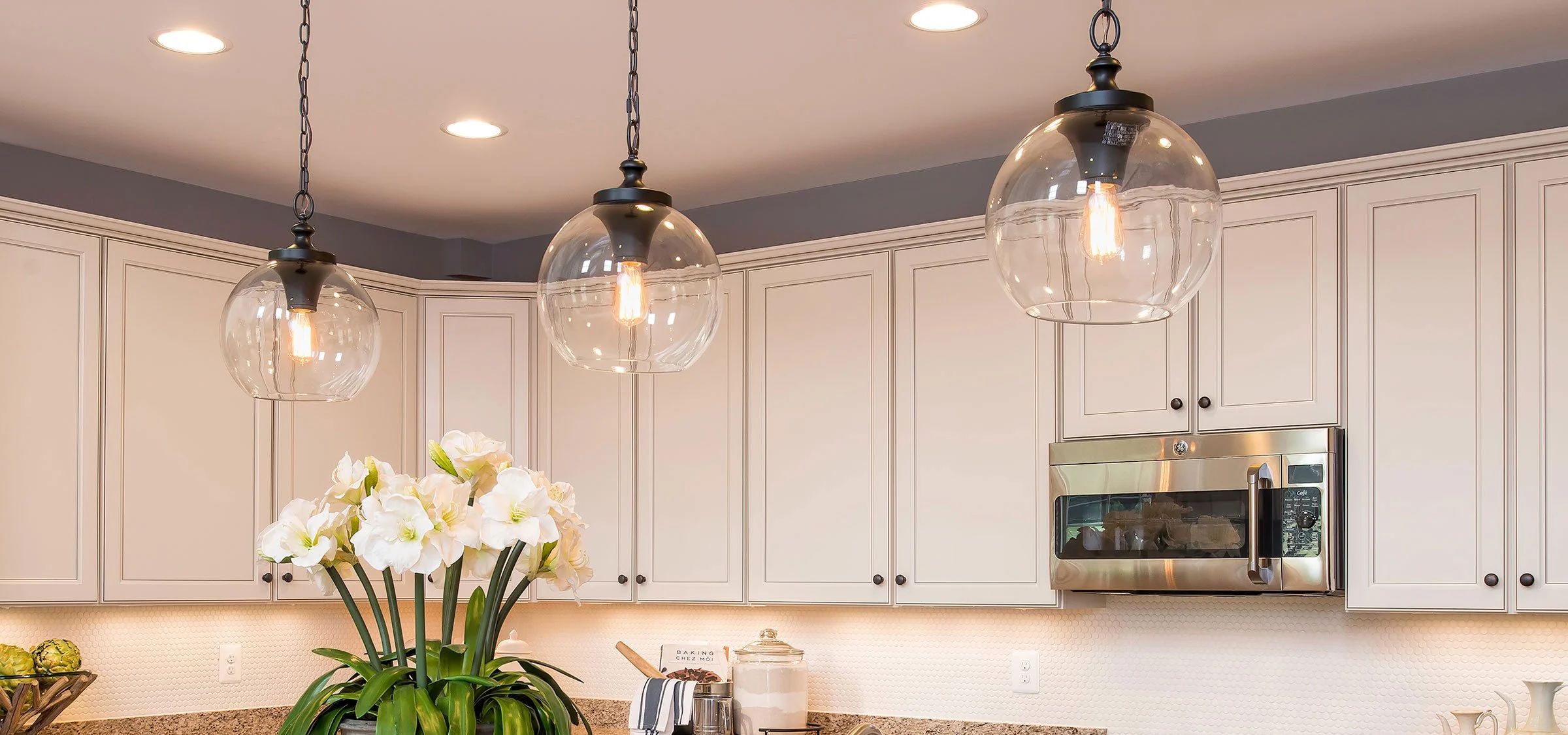Pendant Light FAQs: Guidance on the Most Common Homeowner Questions
A Comprehensive Overview to Setting Up and Keeping Your Pendant Light
Preserving a pendant and mounting light calls for careful preparation and implementation. Correct height measurements can improve both performance and style. Essential devices and a clear installment procedure are vital for an effective configuration. Routine upkeep warranties longevity and efficiency. Recognizing these components can change a space. Nonetheless, understanding where to start could appear daunting. What steps should one focus on to attain the most effective outcomes?
Recognizing Pendant Light Styles
While numerous property owners seek to enhance their spaces with Pendant lighting, comprehending the various designs readily available is crucial for making an enlightened selection. Pendant lights are available in a wide range of designs, each offering unique visual and functional benefits. Conventional Pendant lights commonly feature timeless shapes and products, such as glass or metal, giving a timeless allure. Contemporary styles, on the various other hand, may incorporate cutting-edge materials and strong colors to develop striking centerpieces.
Industrial-style necklaces frequently make use of basic materials like subjected bulbs and rustic finishes, ideal for loft spaces and modern settings. For a much more wayward touch, vintage-inspired options stimulate fond memories with elaborate information and retro finishes. Additionally, minimalist layouts concentrate on simplicity and tidy lines, interesting those that prefer understated elegance. Recognizing these diverse designs allows homeowners to choose Pendant illumination that not only complements their decoration however likewise serves their useful lights needs successfully.
Determining the Suitable Elevation for Your Pendant Light
How does one establish the ideal height for a necklace light? To accomplish the most effective functionality and aesthetic allure, numerous factors have to be considered. Typically, a pendant light ought to hang 30 to 36 inches above a table to ensure enough illumination without obstructing views. Precede with high ceilings, the fixture might be placed slightly higher to keep symmetry.
For cooking area islands, an elevation of 28 to 34 inches above the countertop is usually advised, allowing for sufficient light protection while maintaining a welcoming ambience. In living locations, the Pendant must be hung at a height that complements the bordering decoration and does not produce a danger for individuals strolling under it.
Inevitably, individual preference and room measurements play considerable functions in identifying the best elevation. Evaluating numerous heights before last installation might assist achieve the wanted impact and functionality.
Devices and Products Needed for Installment
Successful installment of Pendant lights needs a particular collection of devices and materials to ensure a smooth process. Essential devices consist of a screwdriver, cord stripper, and a drill, which assist in secure fixture accessory and proper electrical wiring. A voltage tester is essential for confirming safety by ensuring that power is off prior to beginning any electrical job.
In addition to tools, particular materials are essential for installation. These include the Pendant light fixture itself, electric circuitry, wire nuts for safe links, and mounting hardware. A ceiling hook might additionally be called for, depending on the fixture's design.
For added safety and ease, a ladder will assist in getting to high ceilings, while a degree assures that the light hangs evenly. Preparing these materials and devices beforehand simplifies the setup procedure, making it more efficient and efficient. Proper preparation is essential to achieving a successful Pendant light installation.
Step-by-Step Installment Process
With the essential devices and materials gathered, the installation procedure for Pendant lights can begin. The power supply must be transformed off at the circuit breaker to guarantee safety and security. Next, the installing brace requires to be connected to the electric box in the ceiling. After protecting it, the electrical contractor's tape ought to be made use of to cover any kind of subjected cables.
Complying with that, the Pendant light's wires are linked to the equivalent cords in the ceiling: black to black (or red), white to white, and green or copper for ground. When the connections are made, they need to be secured with cord nuts.
The Pendant light can after that be attached to the installing brace, making sure it hangs at the preferred elevation. Lastly, the light bulb is placed, and the power is turned back on at the breaker, allowing the brand-new Pendant light to brighten the area.
Maintaining and Cleansing Your Pendant Light
What steps should be required to ensure the longevity and visual appeal of Pendant lights? Normal maintenance and cleansing are essential in maintaining their beauty and functionality. Dirt and dirt can collect on Pendant lights, reducing their shine. To clean up, a soft, lint-free towel or microfiber towel must be used, together with a mild cleaner appropriate for the surface area material - Pendant Light. For glass or crystal necklaces, a glass cleaner can enhance quality without streaks
It is suggested to switch off the light and permit it to cool down prior to cleansing. Furthermore, evaluating the component for loose light bulbs or connections regularly assures safety and height efficiency. If appropriate, transforming bulbs regularly stops pressure on electrical elements. Finally, preserving a risk-free setting by avoiding exposure to moisture can considerably extend the life of Pendant illumination. Following these actions will keep Pendant lights looking their best while working properly.
Troubleshooting Common Pendant Light Issues
When pendant lights malfunction, several common concerns might arise, including flickering light bulbs, wrong installment, and voltage variations. Recognizing the origin is you could try here crucial for reliable troubleshooting and making certain peak efficiency. Resolving these troubles immediately can improve the durability and functionality of Pendant lights fixtures.
Flickering Light Bulbs
Flickering light bulbs can be a source of frustration for homeowners, often signifying underlying electrical concerns or simple maintenance needs. This phenomenon might come from loose bulb connections, where the light bulb is not safely fitted into the outlet, causing intermittent call (Pendant Light). Furthermore, faulty or aging light bulbs may flicker as they near completion of their lifespan. One more usual reason is irregular voltage, which can occur from concerns within the electric system or overloading circuits. Home owners must likewise examine for damaged circuitry, as this can cause flickering and pose security hazards. Routine inspections and prompt substitutes are vital to ensure correct functionality and to maintain a safe home setting. Determining the root cause promptly can stop additional difficulties

Incorrect Installation Problems
Improper installment of Pendant lights can bring about a variety of problems that might appear like those triggered by flickering light bulbs. Typical problems consist of loose circuitry links, which can disrupt the circulation of power and result in periodic lights. Furthermore, if the mounting brace is not securely secured, the Pendant might hang unevenly, producing an unstable component that can cause resonances or noise. Inaccurate light bulb types or electrical power can likewise add to performance concerns, as incompatible light bulbs may not work successfully in the fixture. Lastly, inadequate spacing from the ceiling can create shadows or minimize light circulation, decreasing the desired effect of the Pendant light. Identifying and attending to these installment mistakes is necessary for achieving proper performance and visual allure.
Voltage Fluctuation Problems
Pendant lights can boost a room's atmosphere, voltage variations can lead to significant performance issues. These variations may cause flickering lights, decreased brightness, or even premature bulb failure. To diagnose such issues, one should first inspect the light fixture's compatibility with the voltage supply. Using a multimeter can assist measure voltage degrees and recognize abnormalities. If voltage problems persist, it might be needed to check the electrical system for loose links or faulty electrical wiring. In many cases, speaking with a certified electrician is recommended to ensure security and conformity with neighborhood codes. Appropriately dealing with voltage fluctuations not only boosts the efficiency of Pendant lights however also expands their life expectancy and enhances total illumination quality.
Enhancing Your Area With Pendant Light Placement
Efficient Pendant light positioning can significantly improve a room by adhering to excellent elevation guidelines, ensuring the ideal lighting level. Layering these lights with various other sources can develop a balanced ambience, highlighting prime focus within the space. Attaining a harmonious appearance requires cautious consideration of both the i loved this component's placement and its partnership with surrounding aspects.
Optimum Height Standards
When contemplating the perfect elevation for Pendant lights, a general standard recommends hanging them roughly 30 to 36 inches over a countertop or table surface area. This elevation allows for maximum lighting while ensuring that the light does not obstruct sights or produce hazards. In dining areas, Pendant lights must be placed to enhance the dining experience, commonly around 28 to 34 inches above the table. For kitchen area islands, keeping harmony across several necklaces can develop a natural appearance; spacing them evenly and adhering to the advised height improves capability. It is important to consider ceiling height as well, as higher ceilings may need modifications to keep proportionality and visual appeal. Appropriate height placement considerably adds to the overall ambiance of a space.
Layering With Other Lights
As Pendant lights are incorporated into a wider illumination style, they can substantially enhance the environment of a space. Their flexibility allows them to be layered with ambient, task, and accent lighting, developing an unified balance. For instance, integrating pendant lights with recessed lighting can provide basic lighting while highlighting details locations. Job illumination, such as under-cabinet lights, can match pendants in cooking areas, making certain performance without sacrificing design. Accent lights, like wall surface sconces, can further enrich the setting, accentuating art work or architectural attributes. By tactically positioning these source of lights, homeowners can attain depth and measurement, transforming a regular area into a perfectly brightened setting that accommodates various tasks and moods.
Focal Factors and Equilibrium

Strategically positioned Pendant lights can function as captivating focal factors within a space, attracting the eye and boosting the total visual. When choosing pendant lights, it is critical to take right into account their form, shade, and size to ensure they enhance the existing design. A vibrant, extra-large Pendant can produce a striking centerpiece over an eating table, while smaller sized fixtures might function better in collections to accomplish a balanced appearance. Furthermore, positioning Pendant lights at differing elevations can add deepness and visual interest to the room. Maintaining equilibrium with other components, such as furniture and wall surface colors, will make certain that the Pendant visit our website lights improve the room without frustrating it. Thoughtful placement changes the ambiance, developing a harmonious and welcoming atmosphere.
Regularly Asked Concerns
Can I Mount a Pendant Light in a Recessed Ceiling?
The inquiry of whether a pendant light can be mounted in a recessed ceiling commonly occurs. Generally, it is possible with ideal mounting equipment, guaranteeing correct support and electrical links for effective and risk-free installment.
What Sort of Bulb Is Ideal for Pendant Lighting?
When choosing light bulbs for Pendant lights, LED alternatives are commonly preferred because of their power performance and longevity. Furthermore, the shade temperature level need to match the preferred atmosphere, with warm white being a prominent option for comfy settings.
Are Pendant Lights Safe for Outdoor Use?

How Do I Pick the Right Pendant Light Power Level?
Picking the best Pendant light electrical power involves examining the room's dimension, desired illumination, and component compatibility. Normally, lower wattages match ambient lights, while higher electrical powers give task lighting, making sure functionality and aesthetic allure.
Can I Make Use Of a Dimmer Switch Over With My Pendant Light?
The inquiry emerged whether a dimmer switch might be made use of with a pendant light. Typically, if the light component and light bulb work, a dimmer button can effectively improve setting and control illumination degrees.
When pendant lights breakdown, numerous common issues may occur, consisting of flickering light bulbs, incorrect setup, and voltage changes. Incorrect installment of Pendant lights can lead to an array of concerns that may look like those triggered by flickering light bulbs. Insufficient spacing from the ceiling can develop darkness or decrease light circulation, lessening the desired effect of the Pendant light. Effective Pendant light placement can significantly boost an area by sticking to excellent elevation standards, making certain the right lighting degree. When choosing bulbs for Pendant lights, LED options are typically chosen due to their energy efficiency and long life.